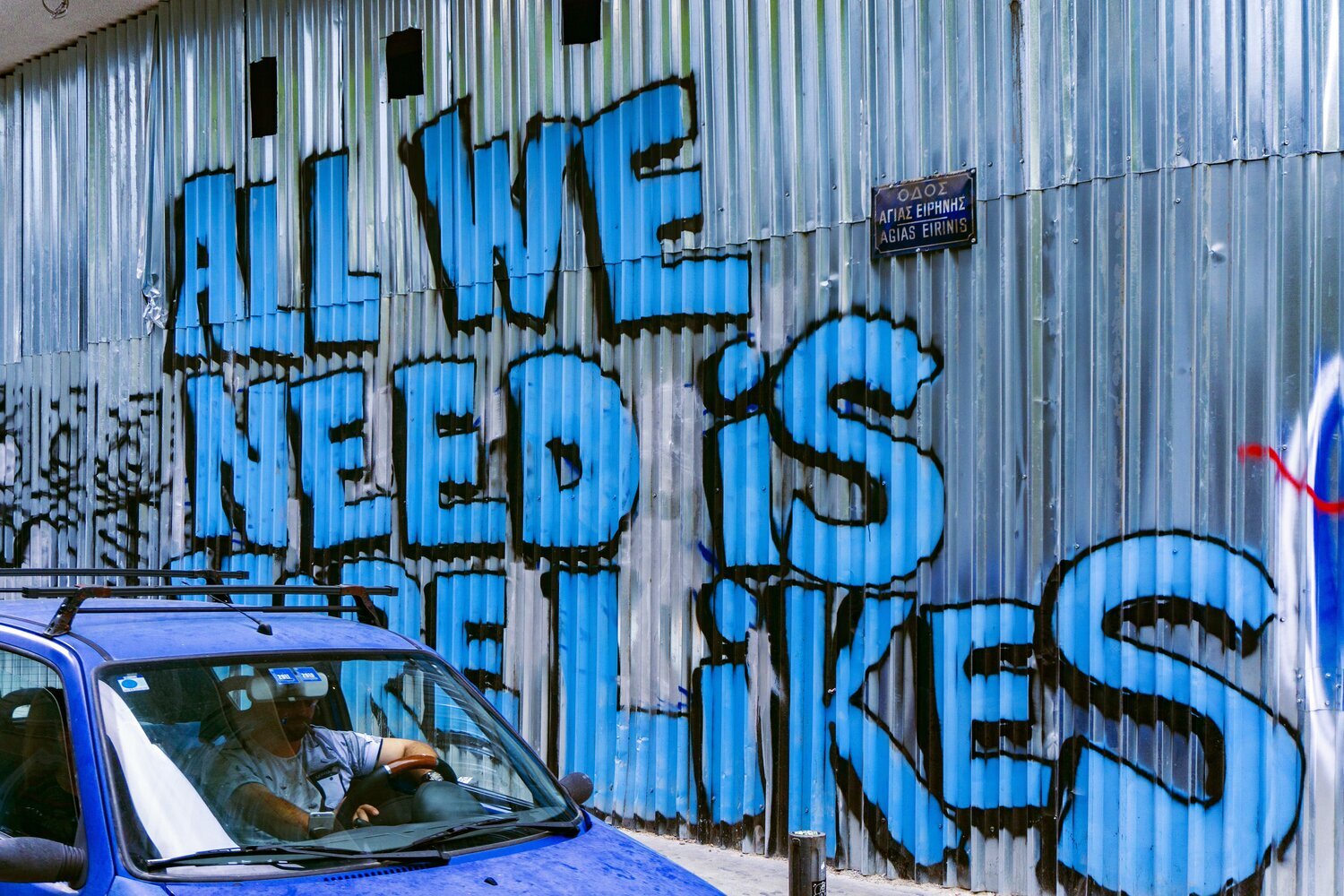THOUGHTS ON IGODS BY CRAIG DETWEILER
Craig Detweiler’s iGods explores the tension between the potentially vitiating effects of social networking and its simultaneous provision for essential second-tier connections between people groups. On this tension, Detweiler notes that “We started treating our friends more like an audience. Our posts had less enthusiasm and more calculation. Facebook was an extension of our brand, turning all of us into managers, carefully measuring our status updates. The “like” button allowed us to feel supporting of friends. It was easy to “like” a post, a song, or an upcoming event. It also required a bit of discernment. We wondered, “What kind of message am I sending?” (138). One observes here the progression from an anthropological insight becoming a political insight. Detweiler begins with the mental shift that friends are now audience members, making us, by implication, performers to that audience. He then recasts interactions with those friends/audience members as connections/performances.
This blurring of the line between friend/audience impacts communities such that they are no longer persons defined by relations with other persons but rather representations projecting a personally branded message to other representations of persons.This seems especially ironic as it is in social networking’s pursuit of community that personal connections become more obscure. At the same time, Detweiler is not univocally critical of the power of weak ties in social networking: “When we cross paths, when we work together, there is a multiplying effect that generates something far beyond our original capacity [...] social networks are essentially well-defined, small groups. While weak ties are tough to measure, they still connect groups to additional social circles, eventually involving much larger groups of people that do strong ties” (148). One observes here the positive role that social networking has at an almost ecological level. Speaking in terms that resemble discussions of the necessity of biodiversity in gene pools, Detweiler’s portrayal of networking here points to a parallel need for secondary “weak” connections between large social groups who would otherwise become too inwardly-oriented.
One also observes here that social networking does not have to rise to the level of replicating or even approximating interpersonal intimacy for such an effect to occur. Rather, this type of “weak ties” operation in social organisms functions by its very refusal to become stronger in quality, which would reduce the potential for social germination among larger social bodies. Taken together with the point above, Detweiler’s argument emerges with an evident tension in his commentary on the effects of social networking. While being potentially detrimental to strong ties for its encouragement of performance over intimacy, networking is potentially beneficial to weak ties for its provocation of broad cross-social interaction for the health of the social organism. It remains to be asked, though, as to whether the reduced quality of strong ties is an acceptable price to pay for the propagation of weak ties.

